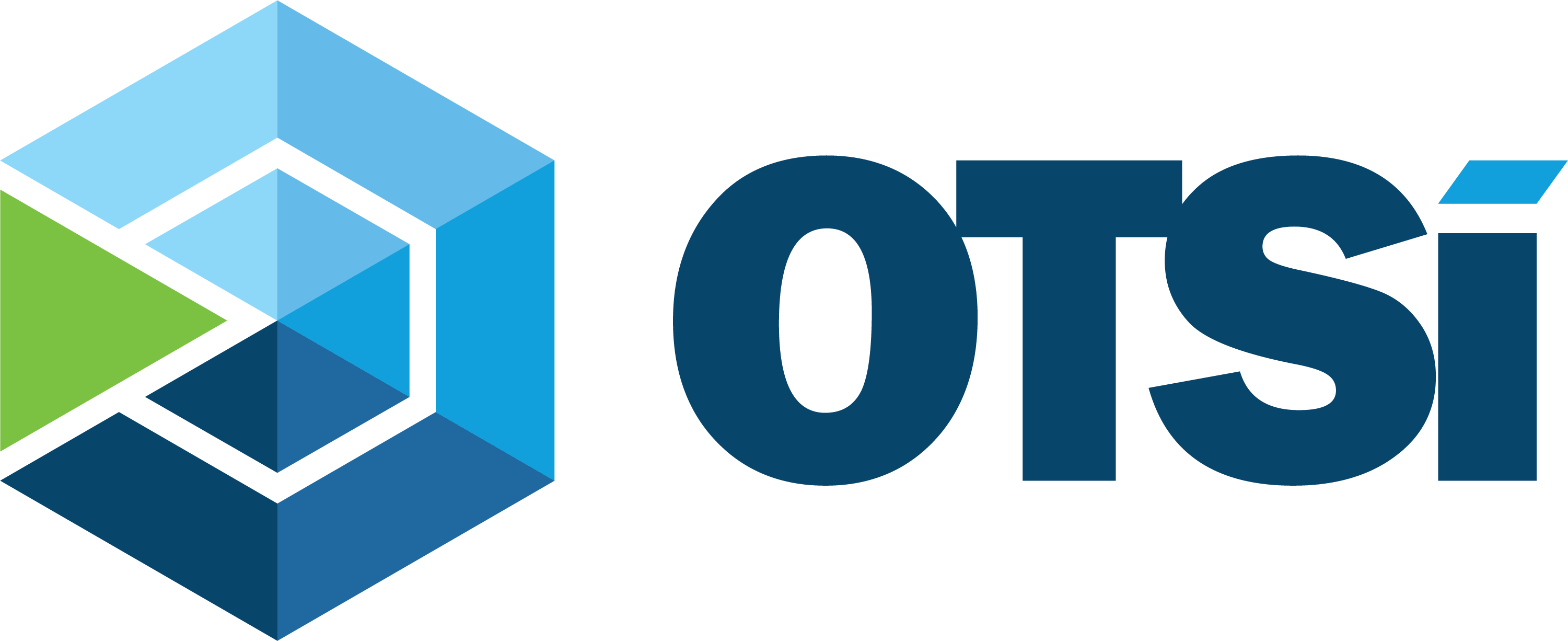DERIVING VALUE
THROUGH
BLOCKCHAIN INVESTMENT
Blockchain is a distributed ledger for maintaining cryptographically signed, irrevocable and tamperproof record of transaction-based data shared by all participants in a network. Blockchain and similar distributed ledger technologies provide trust in untrusted environments, eliminating the need for a trusted central authority. Blockchain provides business value by removing business friction amongst participants. It does this by making the ledger independent of individual applications and participants and replicating the ledger across a distributed network to create a consensus-based authoritative record of significant events. Everyone with a particular level of access sees the same information at the same time. Blockchain’s distributed trust architecture enables untrusted parties to execute transactions and create and exchange value using Blockchain assets.
Blockchain has found a wide range of applications across all business domains including asset tracking, claims, identity management, record keeping, loyalty and reward management, payment/settlement, provenance, smart cities / Internet of Things, and trade finance.

Top 4 Reasons Organizations Are Pursuing Blockchain

Productivity & Efficiency Improvement

New Revenue Opportunities

Reduction of Internal Risks

Innovation

Top 4 Reasons Organizations Are Pursuing Blockchain

Productivity & Efficiency Improvement

New Revenue Opportunities

Reduction of Internal Risks

Innovation

Blockchain Continues To Gain Popularity & Acceptance Due To:

Secure Exchange

Decentralized Control

Prevents Censorship
Blockchain Continues To Gain Popularity & Acceptance Due To:

Secure Exchange

Decentralized Control

Prevents Censorship

Evaluate Your Organization's Blockchain Investments
By 2023, the market is likely to offer Blockchain-inspired solutions, namely distribution, encryption, and immutability capabilities. Mature Blockchain (Blockchain-complete) solutions will additionally offer immutability, tokenization, and decentralization with close integration.

How To Evaluate Viability As Business Currency:

Validate Volume of Participants and Transactions

Identify Use For Commercial Contracts

Evaluate Market Access

Research Upstream/Downstream Production

How To Evaluate Viability As Business Currency:

Validate Volume of Participants and Transactions

Identify Use For Commercial Contracts

Evaluate Market Access

Research Upstream/Downstream Production
Choice of Technologies and Architecture Availability
As blockchain solutions are projected to fully scale in the next two to five years for operational viability, Blockchain solutions would be readily available for commercial consumption.
Industry Experiences
Closer evaluation for proof of concepts, piloting, and deployment of these solutions in the last 3-4 years reveal that use cases with more robust implementations have led the way. Those leaders include identity management and finance.
Explore If Your Organization Has Use Cases Today!


Evaluate The Following Aspects of Your Blockchain Plan:
Closer evaluation for proof of concepts, piloting, and deployment of these solutions in the last 3-4 years reveal that use cases with more robust implementations have led the way. Those leaders include identity management and finance.
Explore If Your Organization Has Use Cases Today!
Evaluate The Following Aspects of Your Blockchain Plan:

Carefully Assess Your Organization's Investment and Risk Appetite

Identify The Expected and Intended Value You Plan To Achieve

Evaluate Blockchain's Integration With Your Current Business and Operating Models

Verify That Blockchain Serves Your Specific Industry

Validate Partners' And Clients' Acceptance of Blockchain As A Solution
Limitations To Expect With Blockchain:

Immature Technologies & Infrastructure

Lack of Skilled Resources

Use Case Viability

Establishing Partner Ecosystems

Adapting The Commercial Governance Model
Avoid These Mistakes During Blockchain Implementation:

Unclear Organizational Objectives or Goals

Over-confidence of Systems or Resources Available To Support Blockchain

Expecting a Full Solution

Assuming Interoperability Between Platforms

Underestimating Budget
In summary, Blockchain is a disruptive technology and is projected to serve the long-term Digital Transformation aspirations of an organization. The technology and capability have found strong buyers and early adopters in several industries. There are still inevitable growing pains with respect to awareness, technology capabilities, interoperability, and cross-organization governance.
However, executive leaders who are guiding their organization’s digital or business transformation through Blockchain can mitigate those risks. Leaders should carefully craft their mid-term to long-term risks and value propositions, and maintain an agile/partner-based approach to optimize investment and increase chances of success.

